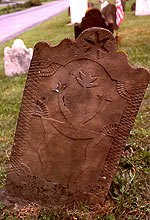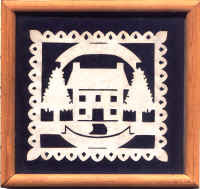Monday, January 6, 2014
Chuck Close
Chuck Close is one of the artists I admire most. He was born July 5, 1940 in Monroe, WA and is an American painter. He studied art at the University of Seattle (1958-62) and received his B.A. He moved to NYC and began a long career in of painting. I introduce him to my 4th grade students either when we are doing portraits or studying Georges Seurat and pointillism.
He achieved fame as a photorealist, through his massive-scale portraits. But after a catastrophic spinal artery collapse in 1988, he was left severely paralyzed. But he worked through his disability to create a whole new way of painting.
His condition meant that, unable to paint in the very detailed styles that made his name, he had to adapt and to develop a new unique approach to portraiture. He has continued to paint and produce large pieces of artwork. I always taught my students about him because he did not let anything get in the way of his creativity.
Photorealist - a genre of painting based on using cameras and photographs to gather visual information and then from this creating a painting that appears to be photographic.
My favorite painting is entitled Fanny/Fingerpainting.
It is a giant portrait (102 x 84 x 2 1/2 in.) and was created in 1985. It depicts Chuck’s wife’s late grandmother, Fanny. The oil on canvas artwork was executed using a technique developed by Close himself. This involved the direct application of pigment to a surface, with his fingerprints. By adjusting the amount of pigment used and the pressure applied on the canvas with his fingers, he managed to capture every crack and crevice of the subject’s face, just like a high-definition silver-toned photograph. It is in the contemporary section of the National Gallery of Art in Washington, DC.
Do you think you could do a finger painting that looks like a photograph?
Or make a painting using a grid and just paint two or three colors in each square to create a portrait?
Subscribe to:
Posts (Atom)














